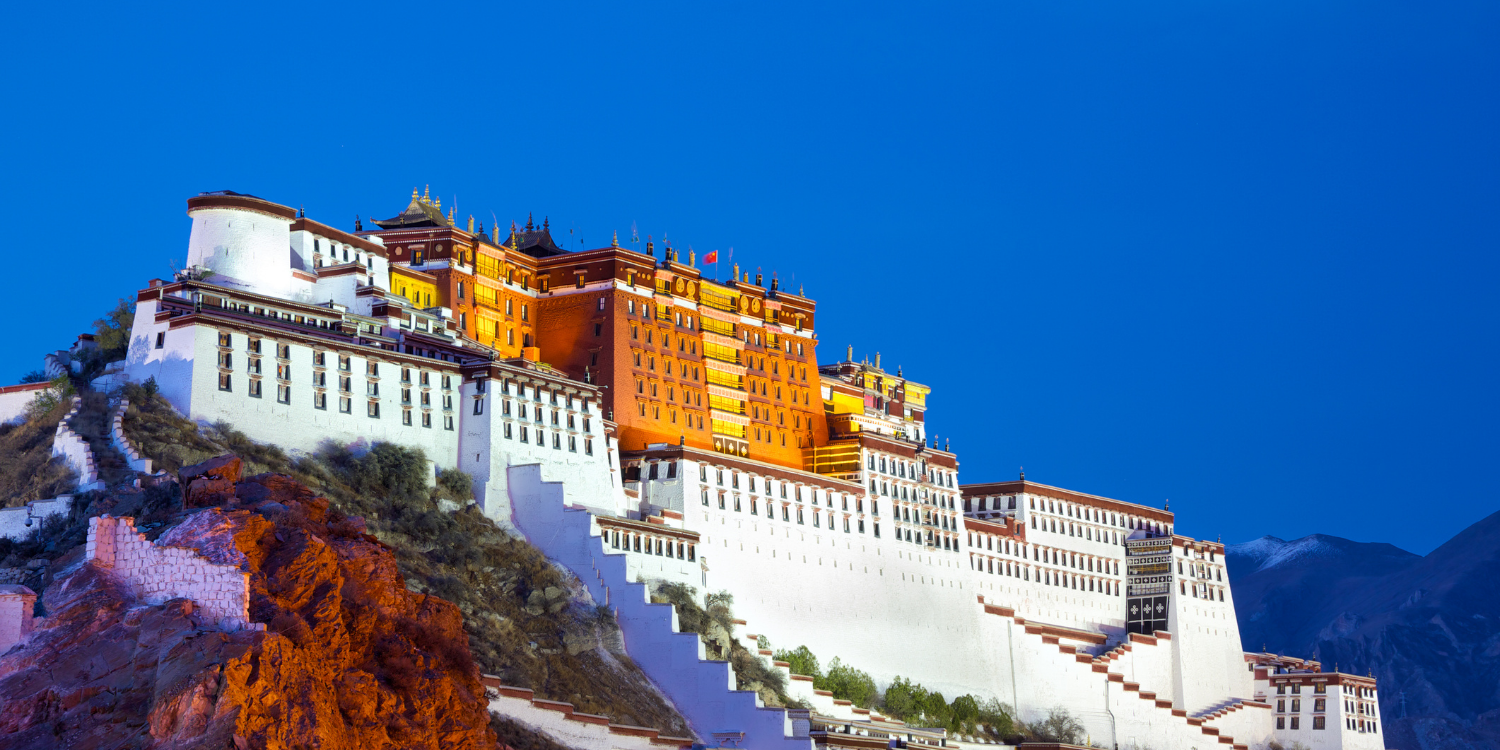
IS TIBET A COUNTRY?
The Chinese government justifies its occupation by claiming that Tibet has been part of China for around 800 years. Its claim is not supported by the facts.

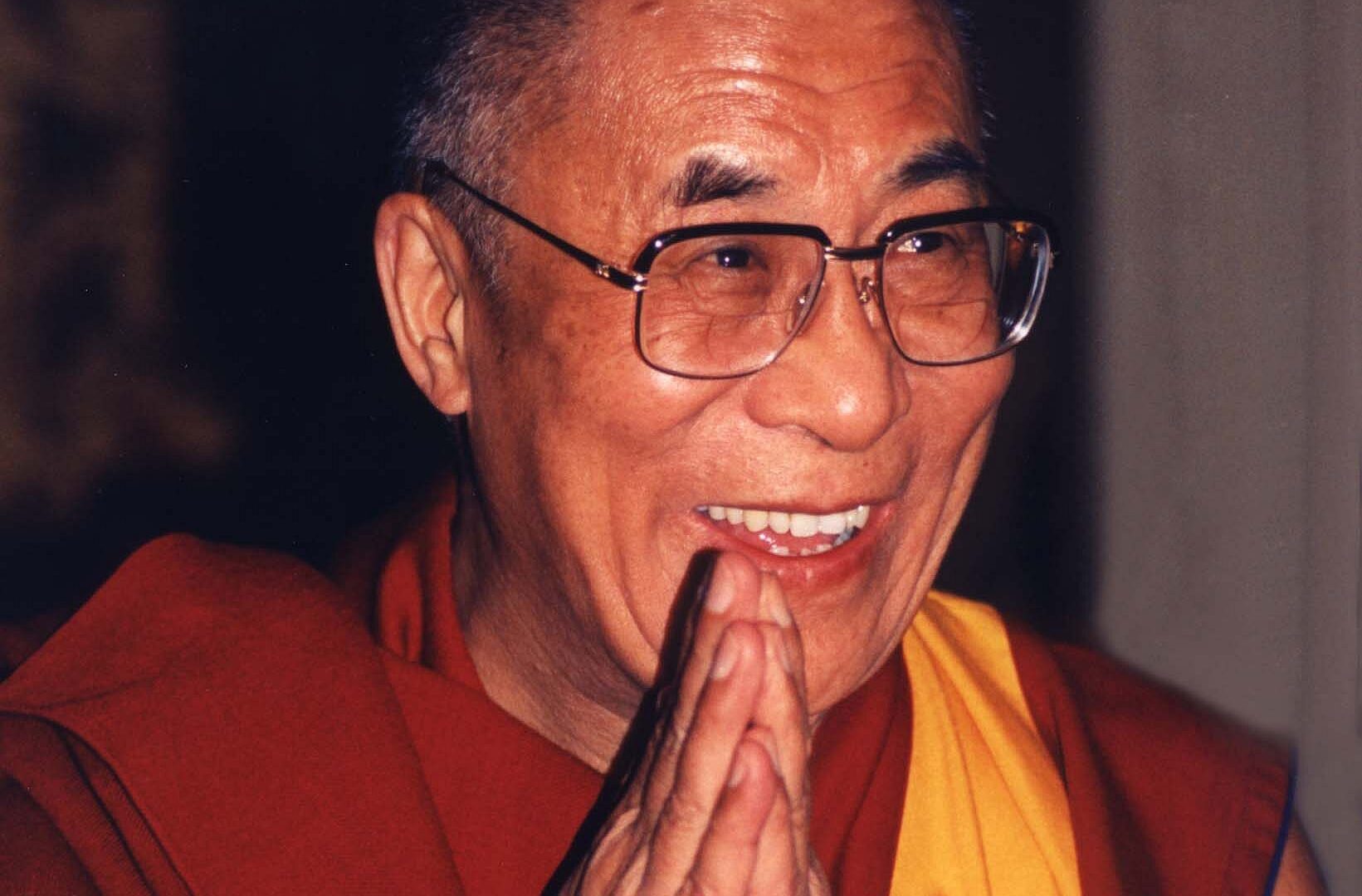
Despite still maintaining the role of a spiritual and cultural leader for the Tibetan people, the current Dalai Lama, Tenzin Gyatso, has been unable to step foot in his homeland for over 70 years.
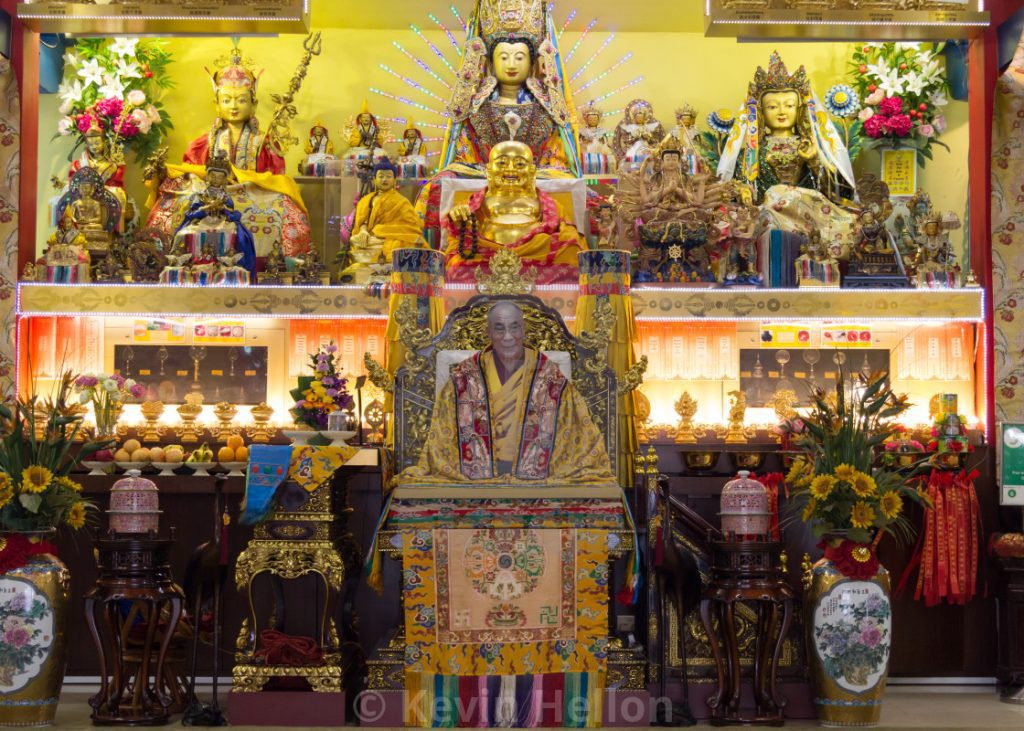
Tibetans in Tibet decorate their home and monastery altars with HHDL photo and made offerings in celebration of his 80th birthday
In Tibetan Buddhism, Dalai Lamas are considered to be the manifestation of the Buddha of Compassion. They are enlightened beings who have chosen to take the path of reincarnation in order to serve humanity.
The Dalai Lama’s institution (Gaden Phodrang Labrang) and senior Tibetan Buddhist Lamas identify the reincarnation of the Dalai Lama according to Tibetan Buddhist practices and traditions. This process includes testing candidates to see if they can identify some of the belongings of the previous Dalai Lama.
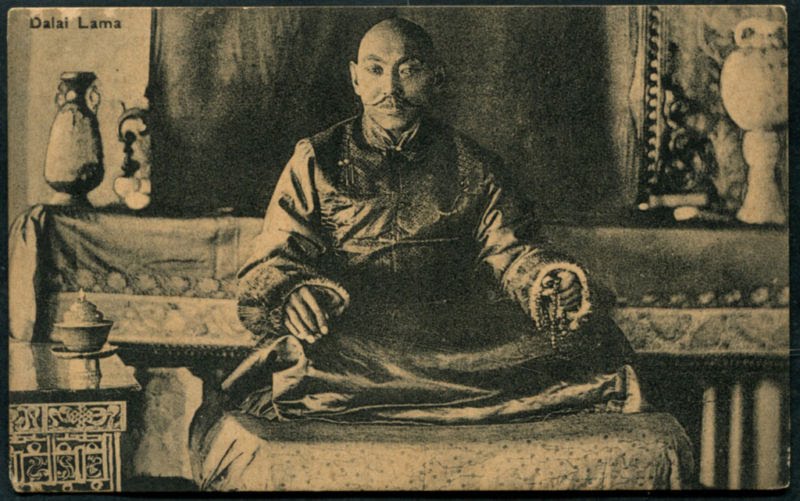
Thubten Gyatso, the 13th Dalai Lama
The process of selecting the Dalai Lama would traditionally involve the Panchen Lama – the reincarnation of the Dalai Lama’s teacher. However, in 1995 the 11th Panchen Lama was kidnapped by the Chinese government at just 6 years-old. He was subsequently replaced by the Chinese government with a false Lama to serve as a Chinese Communist Party puppet. This false Lama is not recognised by the Tibetan people.
The first Dalai Lama was identified in the 15th century and, over 500 years later, this cycle of rebirth continues.
The current and 14th Dalai Lama, Tenzin Gyatso, was born on 6 July 1935 in Amdo, Tibet. He was recognised as the reincarnation of his predecessor, the 13th Dalai Lama, when he was just two years old.
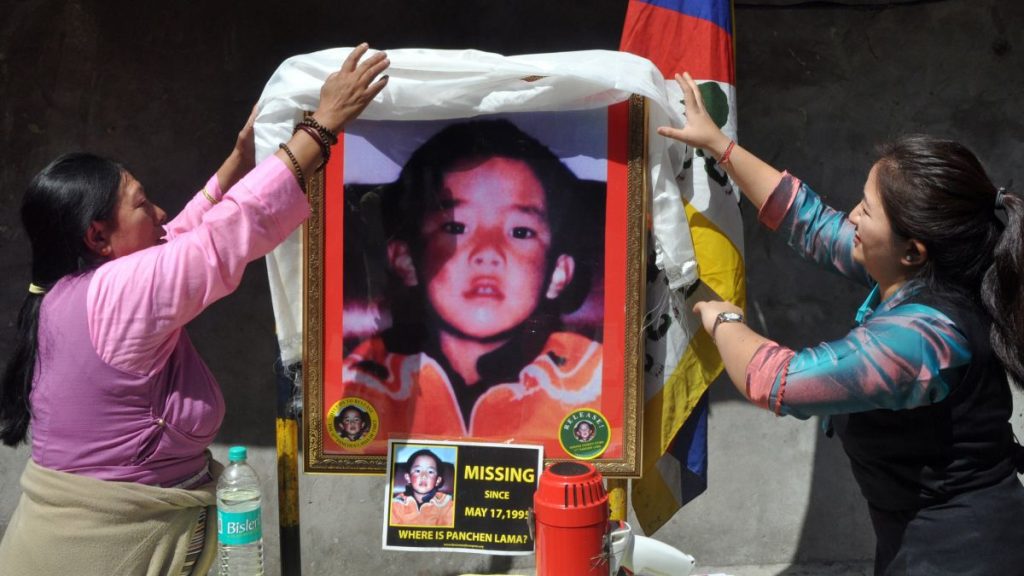
Tibetans show a photo of the Panchen lama
In 1950, when China invaded Tibet, the Dalai Lama was faced with a significant challenge. Despite only being a teenager, at the age of 15, Tenzin Gyatso, the 14th Dalai Lama, was thrust into the role of Tibet’s political leader.
For many years, the Dalai Lama forced a path of peace and cooperation. Seeing the difficult future of Tibet before him, he attempted to work with the government in China to ensure Tibet’s cultural and spiritual independence. Despite this, the Chinese government undermined his wishes and authority at every turn, backing Tibet into a corner.
The situation reached a boiling point in 1959, where protesters surrounded the Potala Palace in Lhasa, the Dalai Lama’s residence, amid rumours that the Chinese authorities were going to capture and arrest the 14th Dalai Lama. In a series of events now known as the 1959 Tibetan Uprising, violence broke out in the streets of Lhasa, as Tibetans attempted to protect the Dalai Lama and resist the Chinese military.
After consulting with advisors, it was determined that the Dalai Lama should flee Lhasa. And so, on foot and horseback, the 14th Dalai Lama and his entourage left Tibet and took refuge in India.

Tibetan man holding a photo of the Dalai Lama. (Photo: Alain Laville)
In exile, China has attempted to undermine the beliefs and wishes of the Tibetan people in Tibet by banning all images of him in his home country. Being caught with a photograph of the Dalai Lama inside Tibet can lead to arrest and torture. The same fate awaits those who publicly praise him or wish for his long life.
On the international stage, China strongly criticises the Dalai Lama, accusing him of secretly wanting to rule Tibet – despite him giving up his political position voluntarily in favour of democracy. The Chinese government demands that foreign officials do not meet with the Dalai Lama, and bans celebrities who meet him from entering the country.
After leaving Tibet, the Dalai Lama founded the Central Tibetan Administration (CTA) – a government-in-exile for the Tibetan people. Throughout the late 1980s and 1990s, the Dalai Lama led democratic reforms for the CTA, eventually handing over power entirely to a democratically-elected parliament and Sikyong (a title similar to president).
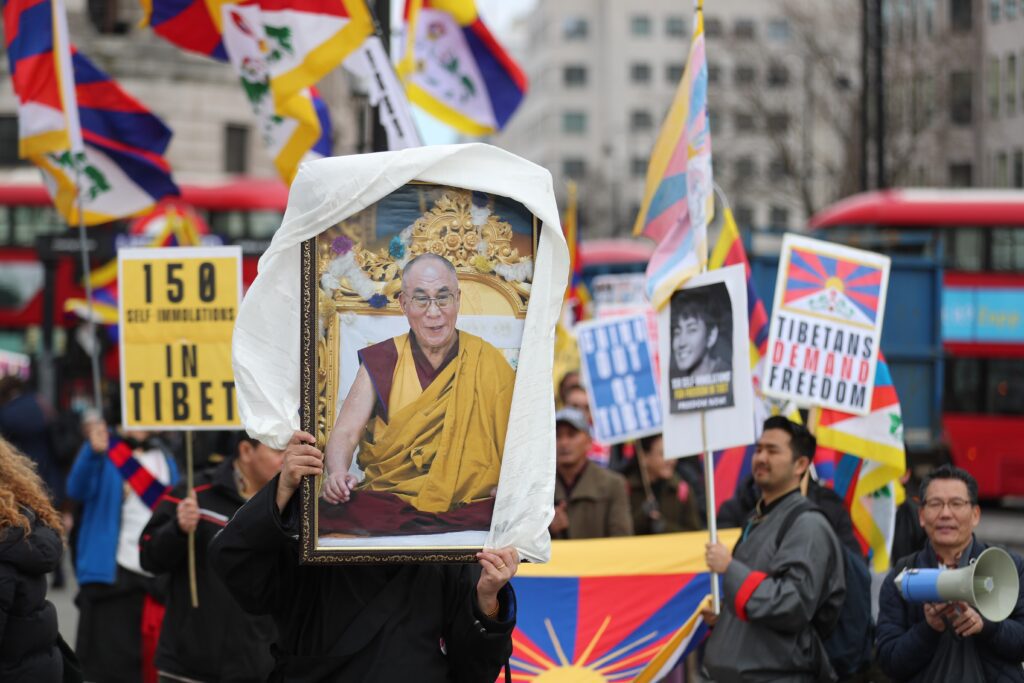
Tibetans carry a portrait of His Holiness the 14th Dalai Lama through the streets of London on Tibetan Uprising Day, 10 March 2022.
During his time in exile, the Dalai Lama has called for peace in Tibet, urging for non-violent approaches to the occupation. He favours a cooperative approach with the Chinese government, but they are not interested – choosing instead to continue a path of colonialism.
In 1989, the Dalai Lama was awarded the Nobel Peace Prize for his advocacy for “peaceful solutions based upon tolerance and mutual respect in order to preserve the historical and cultural heritage of his people.”
He has travelled the world. Met with leaders, public figures, and celebrities, and consistently pushed for peace and the mutual understanding that we are all human, and to share in that experience.
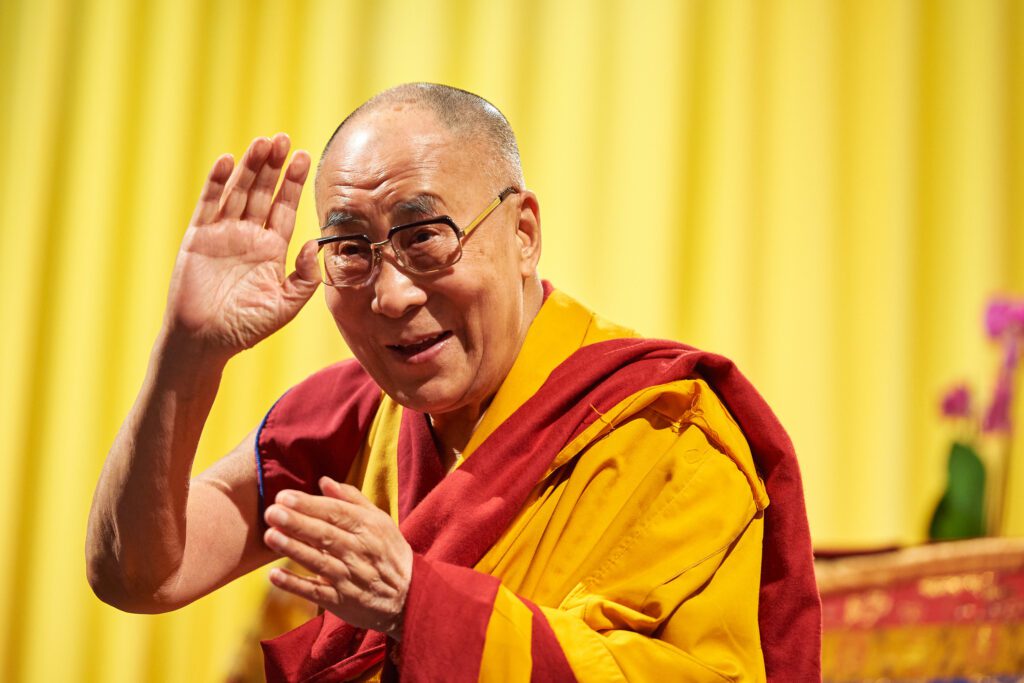
The Dalai Lama today is recognised for his work in promoting peace, tolerance, and acceptance, while advocating for a future that does not forget its traditional roots.
In July 2025, Tenzin Gyatso, the 14th Dalai Lama, will turn 90 years-old.
Aware of his own position, and the concerns about his health, he has issued a number of statements around the future reincarnations of the Dalai Lama. Writing in his recent book:
“Since the purpose of a reincarnation is to carry on the work of the predecessor, the new Dalai Lama will be born in the free world so that the traditional mission of the Dalai Lama — that is, to be the voice for universal compassion, the spiritual leader of Tibetan Buddhism, and the symbol of Tibet embodying the aspirations of the Tibetan people — will continue.”
– Tenzin Gyatso, 14th Dalai Lama
The Chinese government, however has other plans – seeking to appoint their own Dalai Lama to act as a puppet for the Chinese Communist Party.
You can read more about China’s plans for the Dalai Lama, and what you can do to take action at the link below:

The Chinese government justifies its occupation by claiming that Tibet has been part of China for around 800 years. Its claim is not supported by the facts.
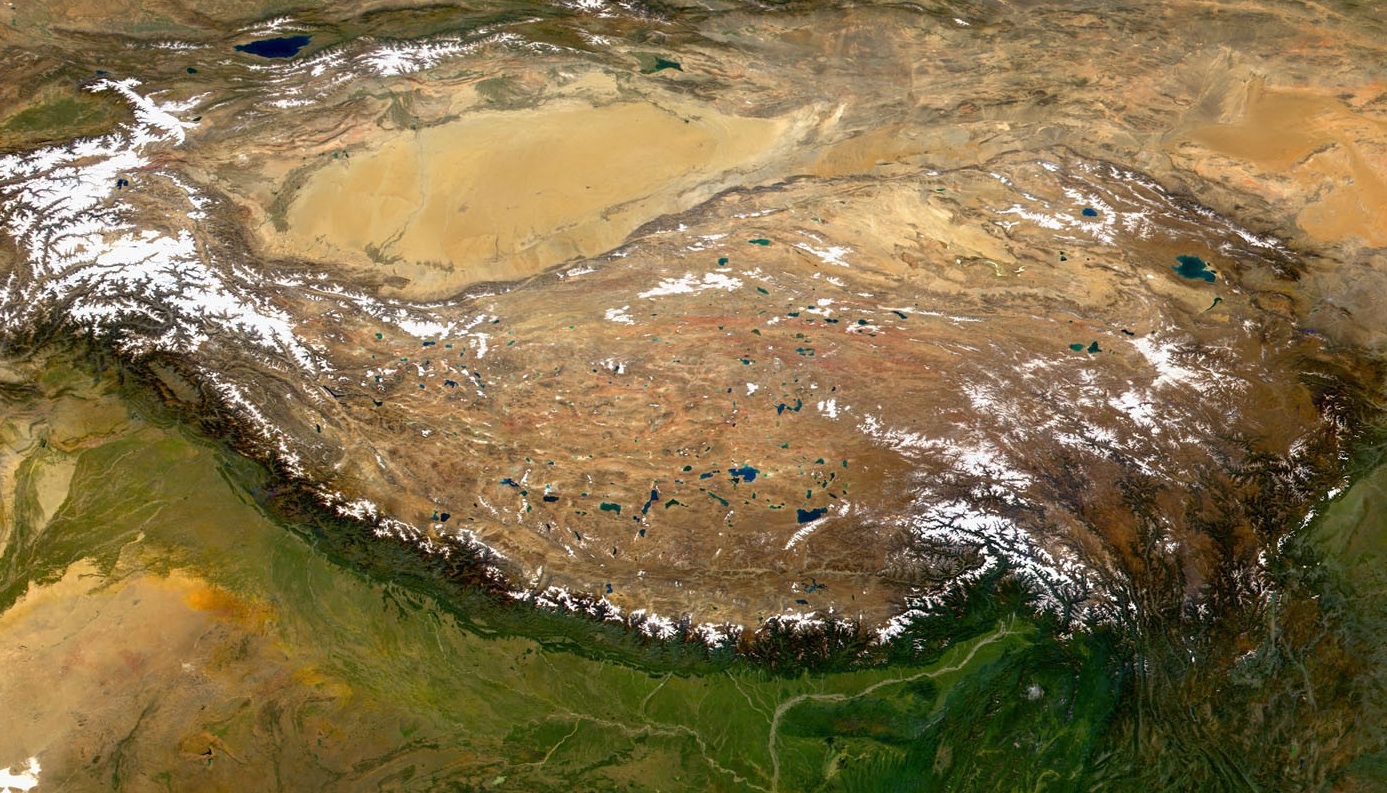
Tibet is located to the southwest of China, also bordering India, Nepal, Myanmar and Bhutan. The historical territory of Tibet would make it the world’s 10th largest nation by geographical area.
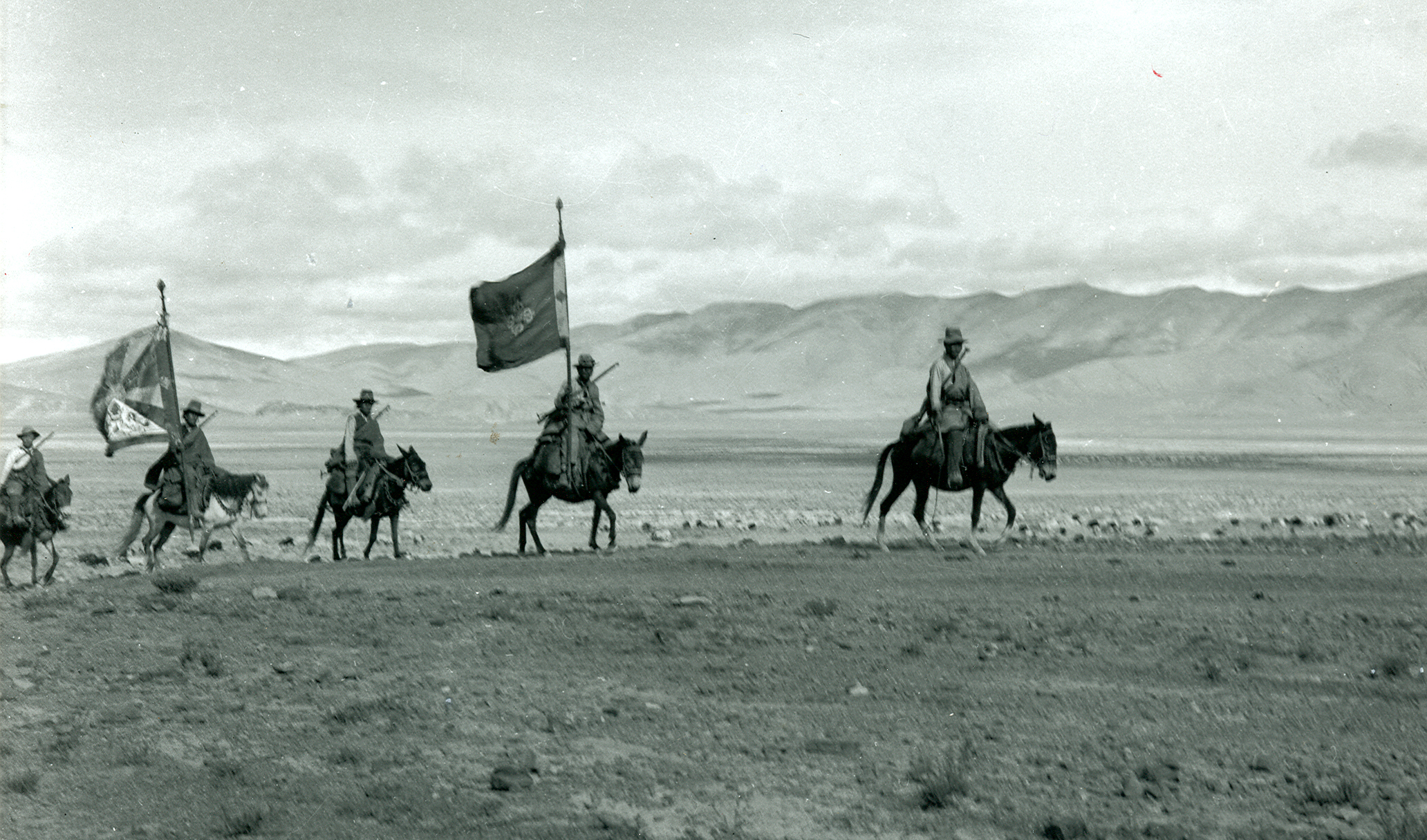
Tibet has a rich history as a nation, existing side-by-side with China for centuries. Browse through our timelines to learn more about Tibet's long history.
